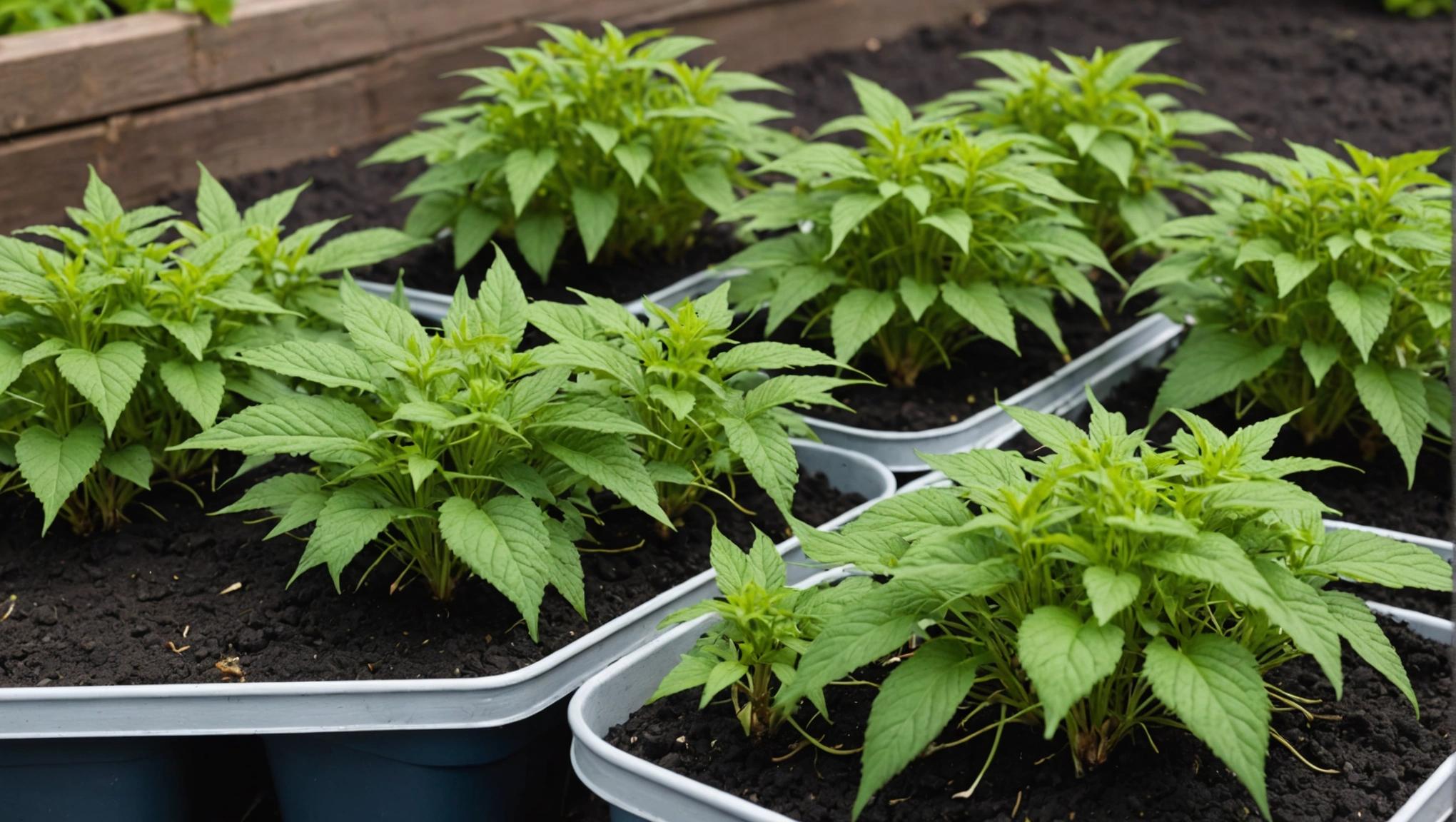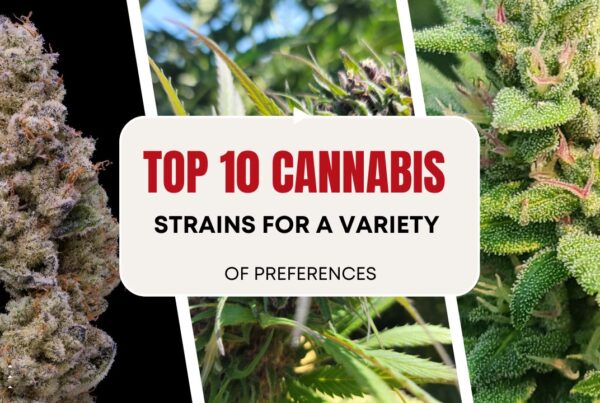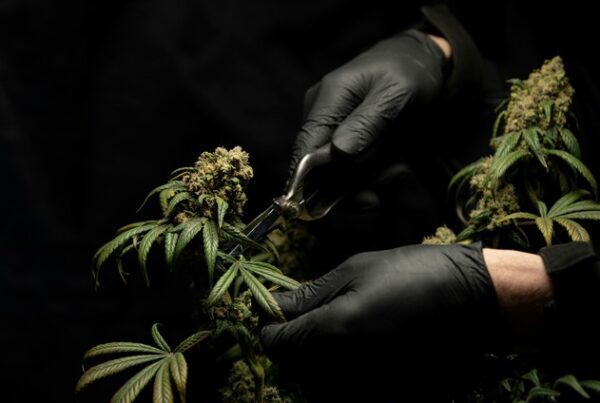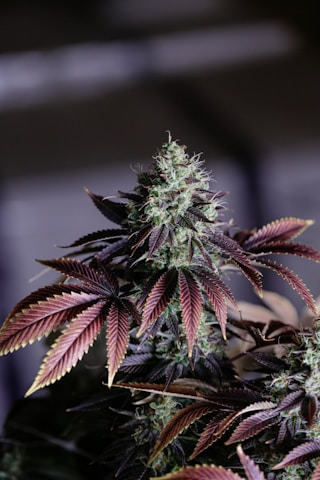Welcome to the world of outdoor autoflower seed cultivation!

Whether you’re a novice or an experienced grower, mastering the art of growing autoflower seeds in outdoor soil can be a rewarding and fulfilling endeavor. In this guide, we will explore the essential steps, techniques, and best practices to help you achieve a successful and abundant harvest. From selecting the right soil and location to understanding the unique needs of autoflowering plants, we will cover everything you need to know to maximize your yield and produce high-quality buds. By the end of this comprehensive guide, you’ll be equipped with the knowledge and confidence to cultivate vibrant and potent autoflower plants in your outdoor garden. Get ready to embark on a journey of discovery and growth as we delve into the world of outdoor soil cultivation for autoflower seeds!.
Preparing the Outdoor Soil
Choosing the Right Location
Selecting the perfect location for your outdoor garden is a crucial first step in ensuring the success of your plants. When choosing the right location, consider factors such as sunlight exposure, drainage, and proximity to water sources. Different plants require varying levels of sunlight, so it’s important to match the location with the specific sunlight requirements of the plants you intend to grow. Additionally, protection from strong winds is essential for the well-being of your plants. Create an ideal environment by selecting a location that meets these criteria.
Soil Preparation Tips
Once you have identified the optimal location, it’s time to prepare the soil. Begin by clearing the area of any debris and weeds, ensuring that the soil is free from potential obstructions to plant growth. Loosening the soil to a depth of at least 12 inches is vital to promote strong root growth and overall plant health. Incorporate organic matter, such as compost or well-rotted manure, to enhance soil structure and fertility. This organic matter not only enriches the soil but also aids in moisture retention and nutrient availability, creating an optimal environment for plant growth. Testing the soil pH using a simple kit allows you to adjust the pH levels as necessary to create the best growing conditions for your plants. This might involve adding materials to raise or lower the pH, ensuring that your plants can effectively access essential nutrients and thrive.
Additional Considerations
In addition to the key steps mentioned above, it’s essential to consider the layout of your garden beds and the types of plants you plan to grow. Some plants may have specific spacing requirements, so plan the layout accordingly to optimize the use of space and ensure that each plant has ample room to grow. Moreover, familiarize yourself with the specific water needs of different plants to avoid overwatering or underwatering. By taking these extra considerations into account, you can further set the stage for a flourishing outdoor garden. Taking the time to meticulously prepare your outdoor soil lays the groundwork for a successful and bountiful garden, providing your plants with the best possible start and ensuring their long-term well-being.
Planting Autoflower Seeds
Best Time to Plant
Autoflower seeds are best planted during the warm months of spring and summer when there is an abundance of sunlight and warmth. This optimal timing provides the plants with the ideal conditions for robust growth and development.
Depth and Spacing
When planting autoflower seeds, it is crucial to ensure they are placed at a depth of approximately 0.5 inches in the soil. This depth allows the seeds to establish themselves while still being able to access essential nutrients and moisture. In terms of spacing, it is advisable to maintain a distance of 18-24 inches between each seed. This generous spacing facilitates unrestricted growth and ample airflow, contributing to the overall health and vigor of the plants.
Soil and Nutrient Considerations
Selecting the right soil and providing the necessary nutrients are vital aspects of successful autoflower seed planting. Opt for well-draining, nutrient-rich soil to create an optimal growing environment. Additionally, consider incorporating organic fertilizers to support the plants’ growth without the risk of chemical buildup.
Environmental Factors
Apart from timing, environmental factors such as temperature and humidity play a significant role in the successful cultivation of autoflower seeds. Ensuring that the plants are exposed to consistent temperatures within the range of 70-85°F and maintaining moderate humidity levels can greatly influence their overall health and yield.
Protection and Maintenance
Implementing protective measures, such as using mulch to retain moisture and protect against weeds, and regularly inspecting the plants for pests or diseases, are essential components of effective maintenance. By staying proactive in safeguarding the plants, you can help ensure a thriving and fruitful harvest.
Choosing the Right Location
In addition to soil quality, selecting an appropriate planting location is crucial. Autoflower plants thrive in areas that receive ample sunlight, ideally at least 6-8 hours of direct sunlight per day. It’s also important to consider factors such as wind exposure and potential obstructions that may hinder the plants’ access to sunlight and airflow.
Watering Practices
Proper watering is fundamental to the success of autoflower seed planting. While it’s essential to maintain adequate moisture levels, overwatering can lead to root rot and other issues. Strive to keep the soil consistently moist but not waterlogged, adjusting the frequency of watering based on environmental conditions and the specific needs of the plants.
Harvesting Timing
Understanding the optimal time for harvesting autoflower plants is essential for maximizing yield and potency. Typically, autoflower strains have a relatively short life cycle, with harvests occurring around 10-12 weeks after planting. However, monitoring the development of trichomes and observing other indicators of maturity can help determine the precise timing for harvesting, ensuring the production of high-quality buds.
Caring for Autoflower Plants
Watering and Feeding
When it comes to caring for autoflower plants, proper watering and feeding are essential for their healthy development. Due to their unique growth cycle, these plants have distinct nutrient requirements compared to photoperiod plants. It is crucial to understand the best practices for watering and feeding autoflower plants to ensure optimal growth and yield. This section will delve into the intricacies of watering and feeding, emphasizing the significance of proper hydration and the specific nutrients essential for promoting robust and healthy autoflower plants.
Watering Autoflower Plants
Autoflower plants have rapid growth and shorter lifespans; therefore, their watering needs differ from traditional photoperiod plants. Overwatering can lead to root rot and other complications, while underwatering can stunt growth and reduce yield. Finding the right balance is crucial. Factors such as soil moisture, pot size, and environmental conditions all play a part in determining the watering frequency and quantity. Additionally, techniques such as bottom watering or using self-watering systems can help maintain consistent moisture levels.
Feeding Autoflower Plants
In addition to proper watering, providing the correct nutrients is vital for the healthy development of autoflower plants. As these plants progress from seedlings to mature plants in a relatively short time, they have specific nutrient requirements during each growth stage. Understanding the role of macronutrients such as nitrogen, phosphorus, and potassium, as well as micronutrients like calcium, magnesium, and iron, is essential for formulating a balanced feeding regimen. Utilizing organic fertilizers or specially formulated nutrients for autoflowers can ensure that the plants receive the necessary nourishment without the risk of nutrient burn.
Pest and Disease Management
Just like any other plants, autoflower plants are susceptible to various pests and diseases, which can jeopardize their health and productivity. Recognizing the signs of common issues such as spider mites, aphids, and mold is imperative for implementing effective management strategies. This section will cover comprehensive pest and disease management, including the utilization of organic pest control methods, beneficial insects, and preventive measures to safeguard autoflower plants from infestations and diseases, ensuring a thriving and bountiful garden.
Importance of Light and Temperature
Apart from watering, feeding, and pest management, the significance of proper light and temperature conditions cannot be overstated in the cultivation of autoflower plants. Understanding the light requirements, including the ideal light spectrum and photoperiod, is crucial for promoting vigorous growth and maximizing yields. Moreover, maintaining optimal temperatures within the recommended range throughout the plant’s life cycle is essential for ensuring healthy development and preventing stress-related issues.
Training Techniques for Autoflower Plants
Exploring various training techniques tailored for autoflower plants can significantly impact their overall growth and productivity. Low-stress training methods such as LST (low-stress training) and defoliation can help optimize light exposure and airflow, thereby enhancing bud production and canopy evenness. However, it is crucial to employ gentle techniques that do not hinder the plant’s natural growth pattern and minimize the risk of stress-induced complications.
Harvesting and Curing
The final stages of cultivating autoflower plants involve harvesting and curing, which are critical for preserving the quality and potency of the harvested buds. Understanding the optimal harvest time based on trichome development and employing proper curing techniques, including drying and curing chambers, can significantly impact the flavor, aroma, and overall quality of the final product. This section will provide comprehensive insights into the best practices for harvesting and curing autoflower plants, ensuring a rewarding and enjoyable end result.
Harvesting and Yield
Signs of Readiness in Crops
Harvesting is a critical stage in the agricultural cycle, and recognizing the signs of readiness in your crops is essential for a successful yield. These signs can manifest in various ways, including changes in color, size, or texture, indicating that the crops are at their peak for harvesting. By closely monitoring these indicators, farmers can ensure that their crops are harvested at the optimal time, maximizing the quantity and quality of the yield.
Maximizing Yield Through Effective Techniques
To further maximize yield, employing effective techniques is crucial. One such technique is to time the harvest accurately, ensuring that the crops are not picked prematurely or left in the field for too long. Additionally, using the right tools for harvesting, such as sharp and appropriate cutting implements, can help minimize damage to the crops and improve overall yield. Furthermore, employing efficient harvesting methods, such as mechanized harvesting for large-scale operations or handpicking for delicate crops, can significantly impact the yield.
By understanding the signs of readiness and implementing strategies to maximize yield, farmers can ensure a bountiful harvest that meets both market demands and quality standards. The combination of identifying ideal harvest times and employing effective techniques is fundamental to the success of any agricultural endeavor.
In addition to the above techniques, the post-harvest handling of crops also plays a crucial role in determining the final yield. Proper handling, storage, and transportation of harvested crops are essential to maintain their quality and value. Farmers need to ensure that the harvested produce is promptly and carefully handled to prevent spoilage and maintain freshness.
Furthermore, the use of appropriate agricultural practices, such as crop rotation, soil management, and pest control, can contribute to the overall health and yield of the crops. Implementing sustainable and eco-friendly agricultural methods not only maximizes yield but also supports long-term environmental and economic sustainability.
It’s also important for farmers to stay informed about advancements in agricultural technology and research. Adopting modern farming techniques, utilizing precision agriculture tools, and staying updated with market trends can further enhance the yield and profitability of agricultural operations. By embracing innovation and continuous learning, farmers can adapt to evolving challenges and optimize their yield potential.
Growing autoflower seeds in outdoor soil can be a rewarding experience for both novice and experienced gardeners. By understanding the unique needs of autoflowering plants and providing them with the right environment, nutrients, and care, it is possible to cultivate healthy and high-yielding plants.
With a bit of patience, dedication, and knowledge, outdoor soil cultivation of autoflower seeds can result in a successful and bountiful harvest. So, get your hands dirty and enjoy the process of watching these resilient plants thrive in the great outdoors. Happy growing!










